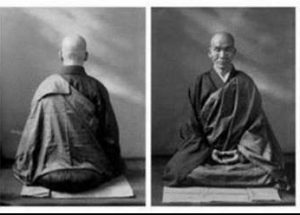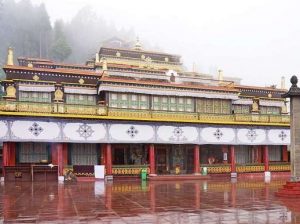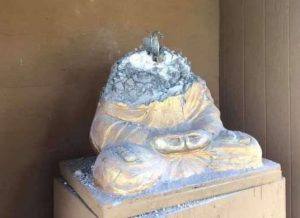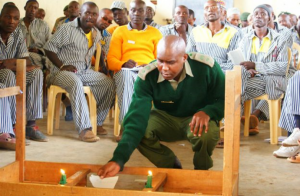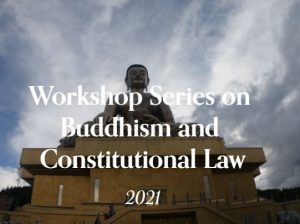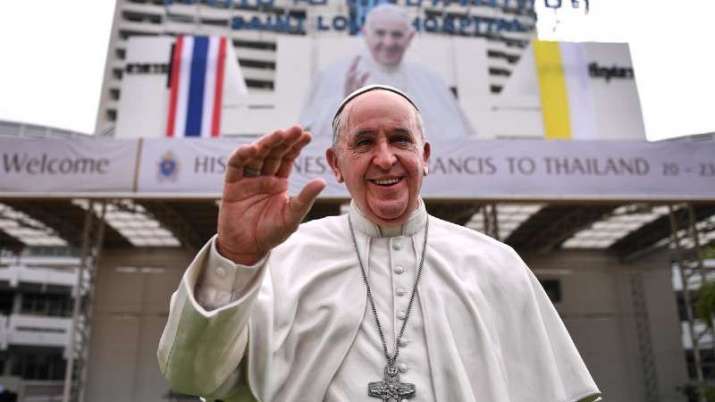
Pope Francis is visiting Thailand from 20–23 November and is due to follow with a trip to Japan on 23–26 November. While the pontiff is expected to reach out to the small Catholic populations in the two countries, the visits to the Buddhist-majority nations highlights the Pope’s continued emphasis on dialogue across religious divides as a path to peace in the world.
Francis will be the first pope to visit Thailand since St. John Paul II, who traveled to the country in May 1984. He visits Thailand as “a pilgrim of peace, to foster the building of bridges for peace and understanding,” said Monsignor Andrew Vissanu Thanya-anan, the general coordinator of the papal visit and deputy secretary-general of the Thailand bishops’ conference. (American Magazine)
In a prerecorded message, Pope Francis said: “I also hope to strengthen the bonds of friendship that we share with many Buddhist brothers and sisters who bear eloquent witness to the values of tolerance and harmony that are so characteristic of your people.” He continued: “I trust that my visit will help to highlight the importance of inter-religious dialogue, mutual understanding, and fraternal cooperation, especially in the service of the poor and the most needy, and in the service of peace.” (YouTube)
“Most Thais are not Christian due to the incorporation of Buddhism into ‘Thai-ness,’ the Thai national identity—so that being Thai means being Buddhist,” said Giuseppe Bolotta, an assistant professor of anthropology and an expert on Thailand at the Centre for Catholic Studies at Durham University in England. (Al Jazeera)
Father Alessio Crippa—who has been working to give children better access to education and healthcare for the past three years in Khlong Toei, central Bangkok’s largest slum with some 100,000 people—was invited to help select five children to meet Pope Francis. He chose two Catholics and three Buddhists, aged 10–14.
“This is a sign of recognition for these young people who were recently out of the school system,” said Crippa. “They were born in families devastated by drugs, debt, or disease.” (France 24)
Later this week, Pope Francis will continue his journey to Japan, where John Paul II visited in 1981. There, he is expected to emphasize his calls for nuclear disarmament with visits to Hiroshima and Nagasaki, where the United States dropped nuclear bombs on 6 and 9 August 1945, respectively.
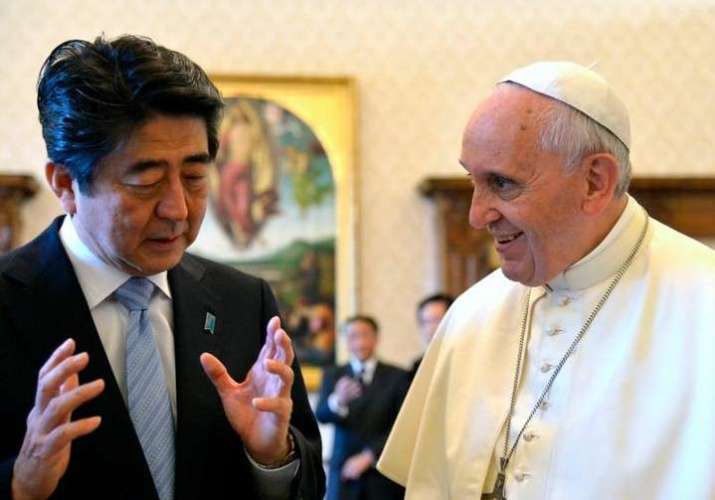
“When John Paul II came, the first thing he said in his message was: ‘War is the work of man,’” said Daichi Miyahara, a priest at Nagasaki’s Urakami Cathedral. “I expect that [Pope Francis] will give us the message that people should not fight but engage with each other.” (Al Jazeera)
Japan has a fraught history with Catholic missionaries dating back to the 16th century. After a brief period of thriving, Christianity was banned in 1620 and many Catholics were killed or forced to recant, and remaining Catholics had to go underground. Christianity was only legalized again after Japan reopened to the world in 1853 and later during the Meiji Restoration.
According to Yasuo Furuya, a theology professor at Seigakuin University’s graduate school in Ageo, Saitama Prefecture, Christianity has traditionally only been promoted among the intellectual classes, remaining culturally detached from the rest of modern society. “Churches are still inward-looking,” he said. Rather than change or adapt to Japan’s culture, Furuya said, “Some church leaders say, ‘Are you trying to cheapen a classy restaurant by turning it into a cafeteria?’” (The Japan Times)
Ikuko Suyama, a Buddhist who runs a small museum honoring St. Maximilian Kolbe, a Polish priest who was active in Nagasaki and later died while imprisoned at Auschwitz, said: “[In Japan] nowadays, all kinds of barriers have been removed and everyone is tolerant.” He continued: “Not just in religion but in all things everyone has come together. That’s so important and must continue forever.” (Al Jazeera)
Thailand is a predominantly Theravada Buddhist country, with 94.5 per cent of the nation’s 69 million people identify as Buddhists, according to government data from 2015. The Vatican estimates that there are around 325,000 Catholics, or 0.59 per cent of the Thai population. Eighty per cent of Catholics there are Thai, with immigrants accounting for a growing proportion. The first Jesuit missionaries arrived in Thailand some 350 years ago.
In Japan, Catholics account for 0.42 per cent of the population, according to the Vatican, at around 600,000 people. Migrant workers make up a growing portion of Japan’s Catholics as the country eases its immigration policies. The Japanese population is primarily Buddhist and Shinto, with significant overlap in the practice of the two religions: 79.2 per cent of Japanese identify as Shinto and 66.8 per cent identify as Buddhists.
See more
What it means for Pope Francis to visit Thailand, a majority Buddhist country (American Magazine)
‘Bonds of friendship’: Pope Francis heads to Thailand and Japan (Al Jazeera)
A cousin, tribal groups, Buddhists gather for the pope in Thailand (France24)
Christianity’s long history in the margins (The Japan Times)





